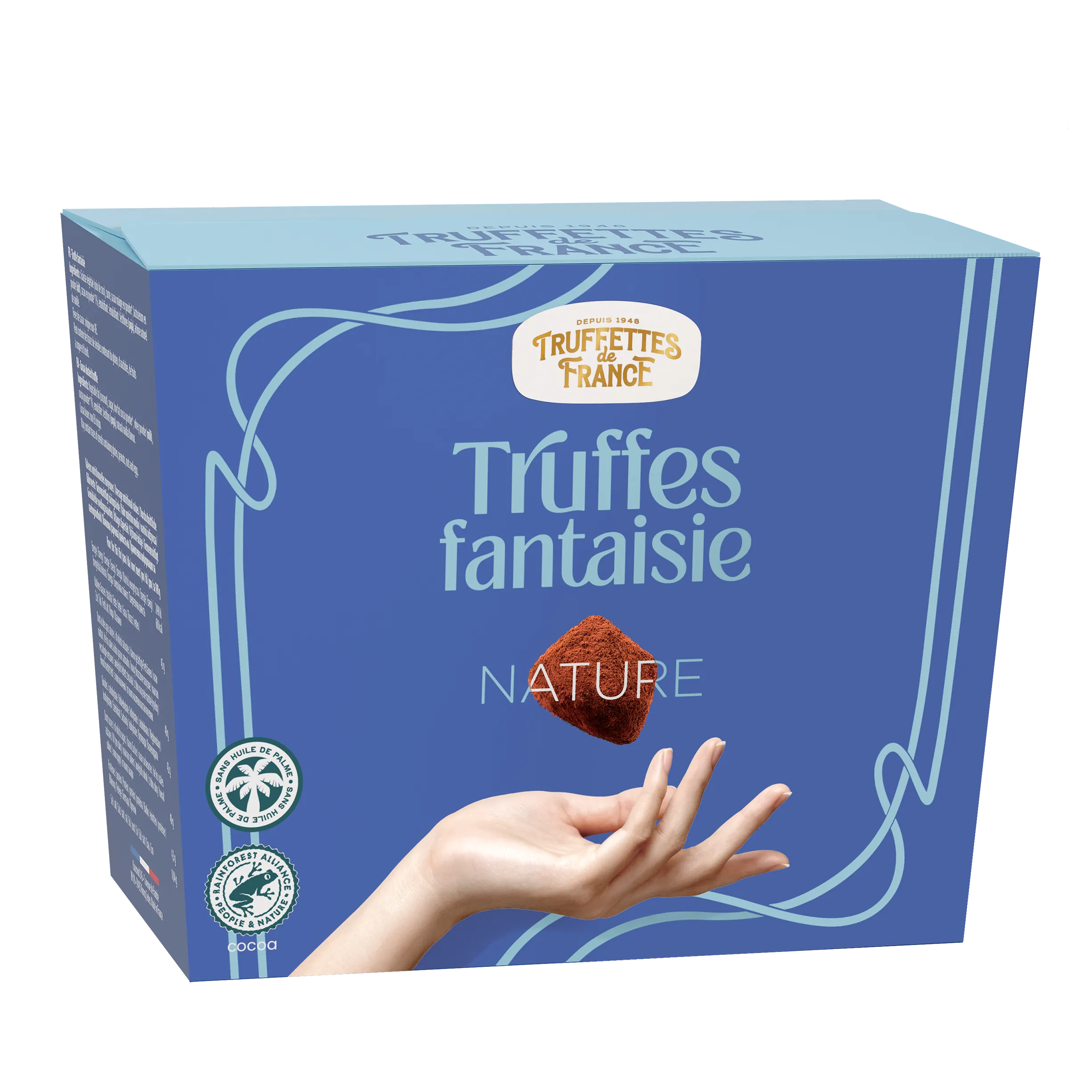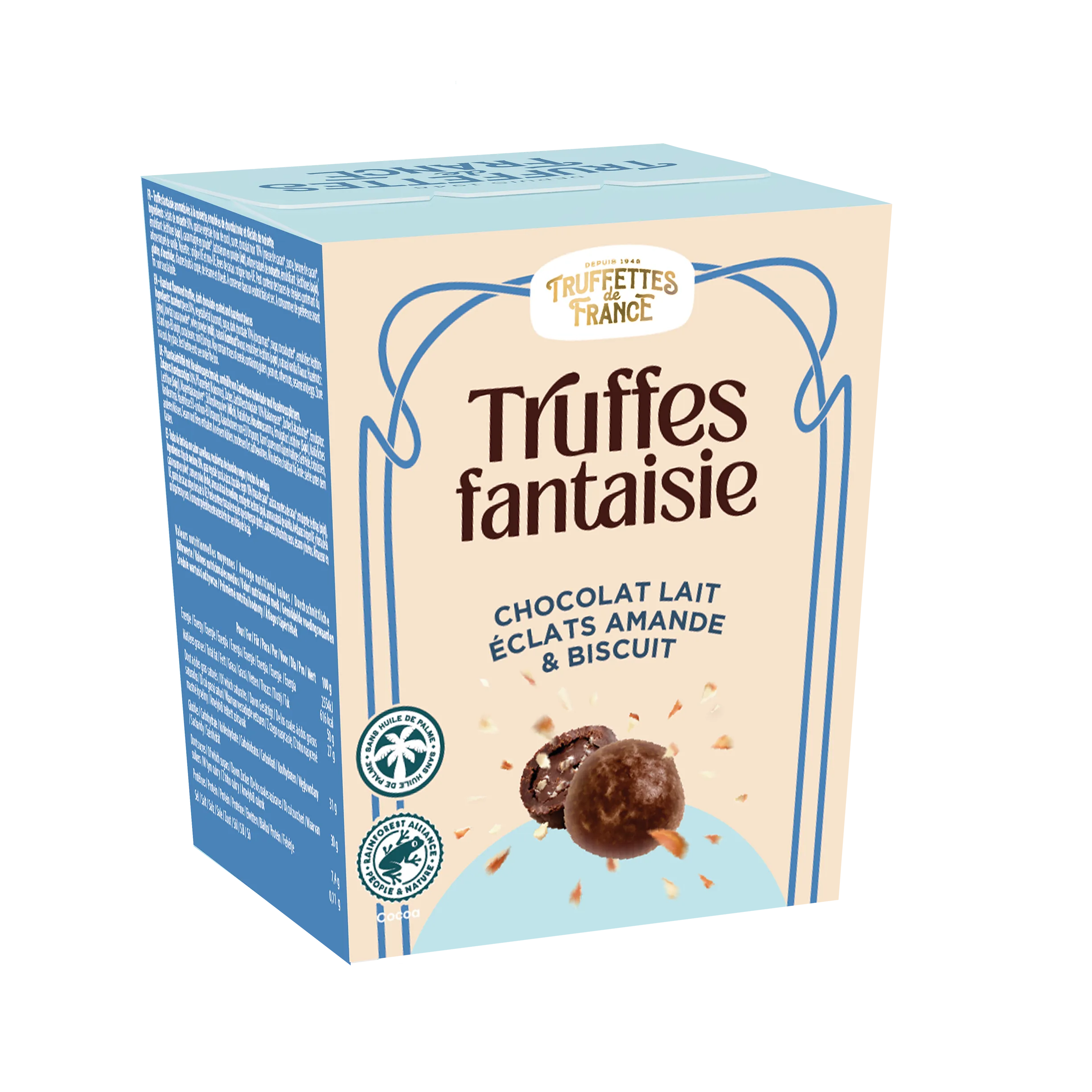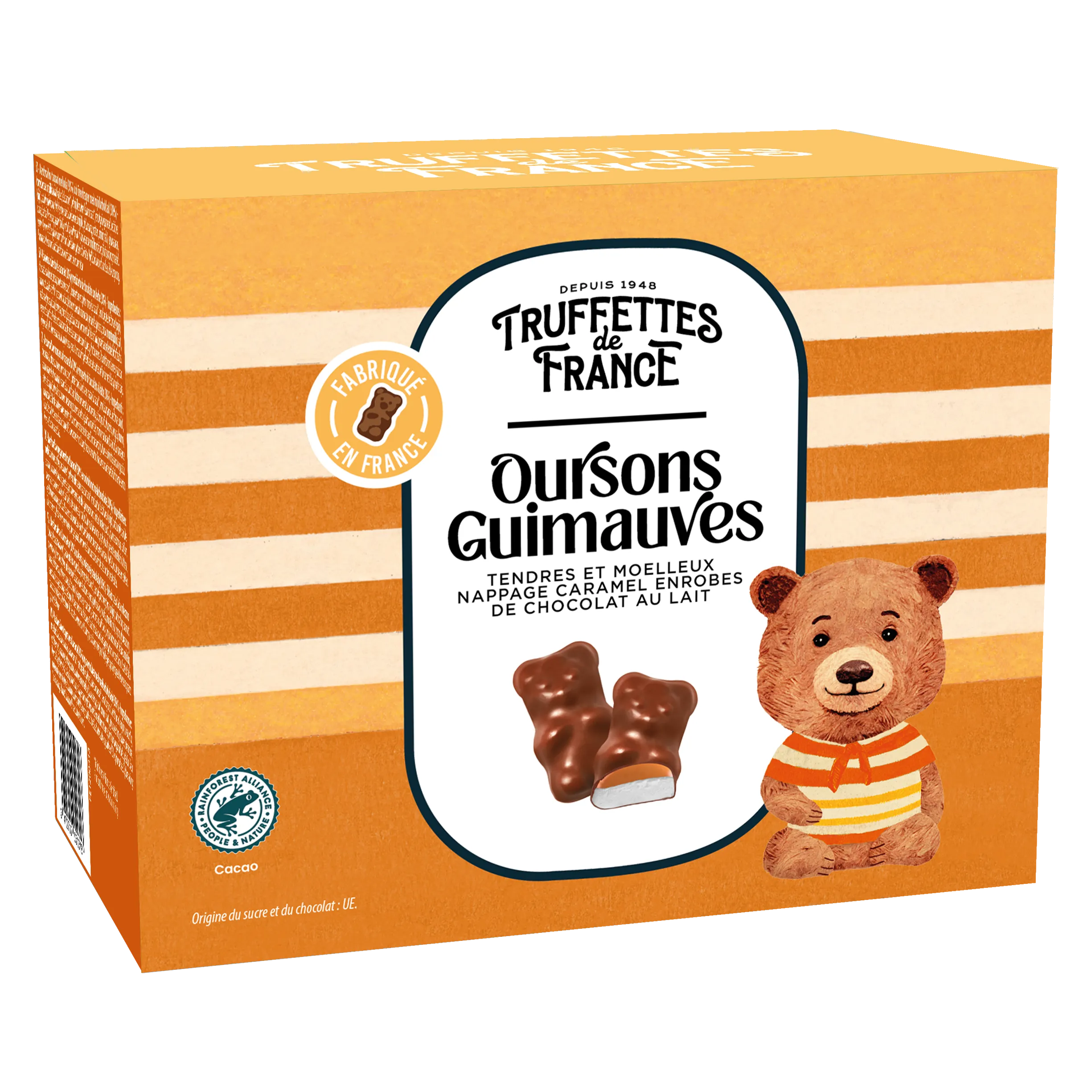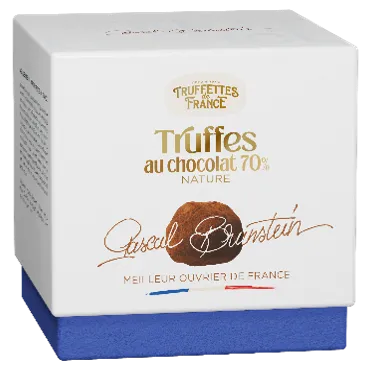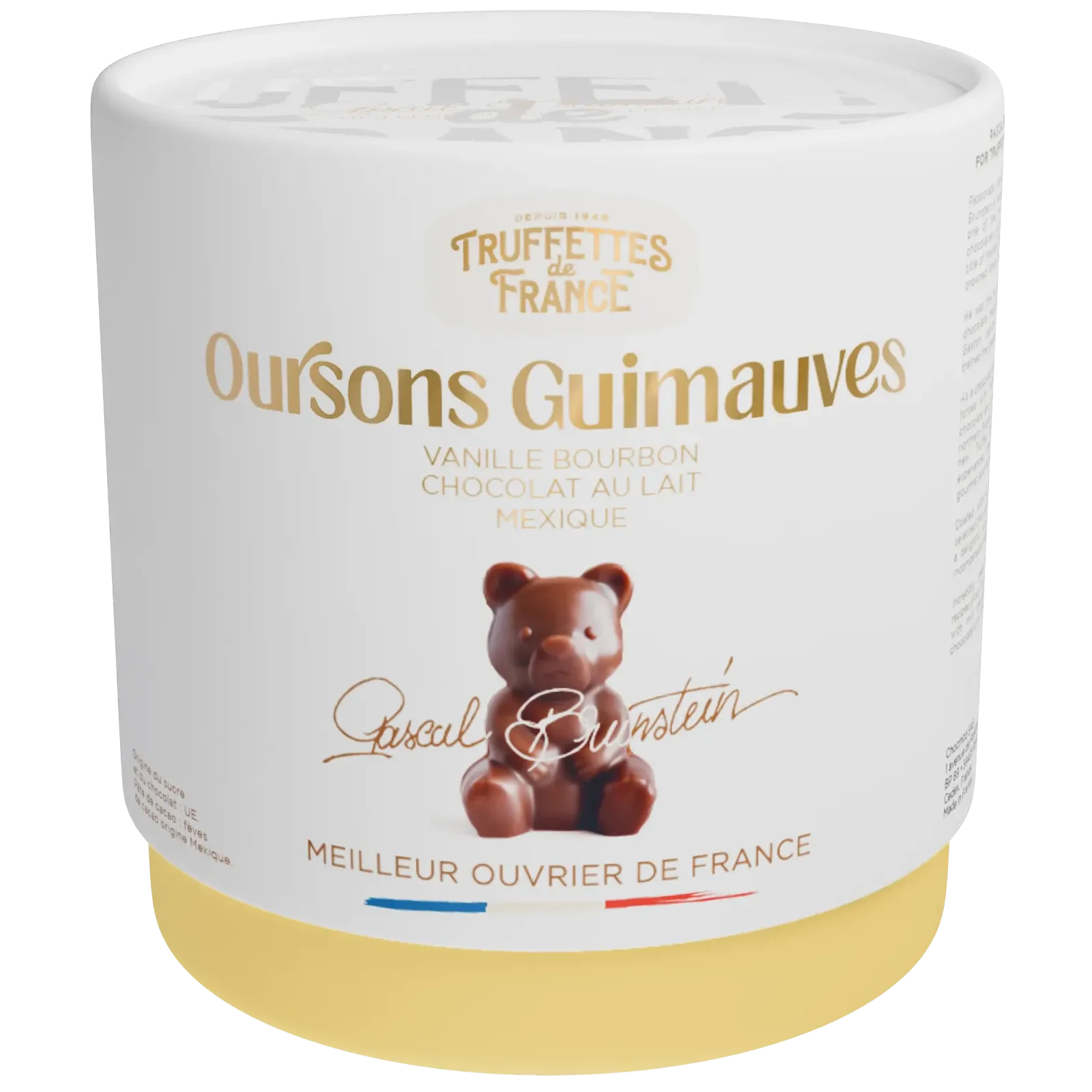Definition : Cacao Noble
.jpg)
Noble cocoa is a particularly prized variety in the world of chocolate. Renowned for its quality and delicate aromas, it is the basis for many top-of-the-range products. But what exactly differentiates noble cocoa from other types of cocoa? Let's delve into the delicious world of this multi-faceted raw material.
What is noble cocoa?
Also known as Criollo, noble cacao is one of the three main cocoa varieties (Criollo, Forastero and Trinitario). It is a tree whose beans are used to make chocolate. The "noble" designation refers to the superior quality of this type of cocoa, both in terms of taste and production and processing techniques.
The specificity of Criollo
Criollo is considered the highest quality cocoa, thanks in particular to its pure, intense aroma. The beans of this variety have a clear, brilliant color, and their smooth, fine taste sets them apart from other cocoa varieties. Low in bitterness and acidity, noble cocoa offers fruity, floral and even spicy notes that delight the taste buds of connoisseurs of fine chocolate.
Origins and production areas of noble cocoa
Noble cocoa comes mainly from Central and South America. Its origins lie in the very cradle of cocoa cultivation, in the ancient lands of Mesoamerica (present-day Mexico, Guatemala and Honduras).
The role of the Mayas and Aztecs
Pre-Columbian cultures, notably the Mayans and Aztecs, were already using this variety of cocoa for its medicinal virtues and as a drink reserved for nobles and priests. They called it xocoatl, a drink made from ground cocoa beans, flowers, spices and sometimes hot pepper.
The arrival of cocoa in Europe
When the Spanish conquistadors discovered the New World, they brought the cocoa tree back with them and introduced this previously unknown plant to Europe. The first European chocolates were in fact bitter drinks, consumed mainly by the noble and powerful, before sugar was gradually added to sweeten the taste.
World production and scarcity of noble cocoa
Although cocoa is grown in many tropical countries around the world, only 5% of global production comes from noble cocoa. This low percentage is partly due to the tree's susceptibility to disease and its difficulty in adapting to different climates. What's more, its production requires meticulous care and attention to detail, making it more laborious to grow than other varieties.
The transformation process from cocoa to chocolate
As with other types of cocoa, the creation of chocolate from noble cocoa follows a very precise process, starting with the harvest and ending on our plates.
Harvesting and fermentation
Farmers first harvest the pods, the fruit of the cocoa tree containing the beans. They extract the beans and ferment them, a crucial process for developing their complex flavors. The beans then undergo a period of drying before being sorted according to size and quality.
Roasting and grinding
Selected beans are roasted then ground to obtain a thick paste called "cocoa mass". This paste is rich in cocoa butter, giving it a smooth, creamy texture.
Conching and tempering
To create the final chocolate, the cocoa mass undergoes two further important stages: conching, which refines the texture and determines the final taste, and tempering, which determines the chocolate's shine and crystallization.
Top-of-the-range products made with noble cocoa
Thanks to its incomparable aroma and reputation for superior quality, noble cocoa is often used in the manufacture of top-of-the-range products. From pure dark chocolate bars to fragrant ganaches and melt-in-the-mouth truffles, noble cocoa sublimates delicacies to offer exceptional, refined flavors. You can also find Criollo cocoa powders on the market for making your own chocolate creations at home.
The Protected Designation of Origin chocolate label
Some noble cocoa-producing countries have introduced special labels to guarantee the authenticity and traceability of the beans used. These include Protected Designations of Origin (PDOs), such as Arriba cocoa from Ecuador or Chuao cocoa from Venezuela. These labels are a further guarantee of quality for consumers, and support sustainable, artisanal production.

